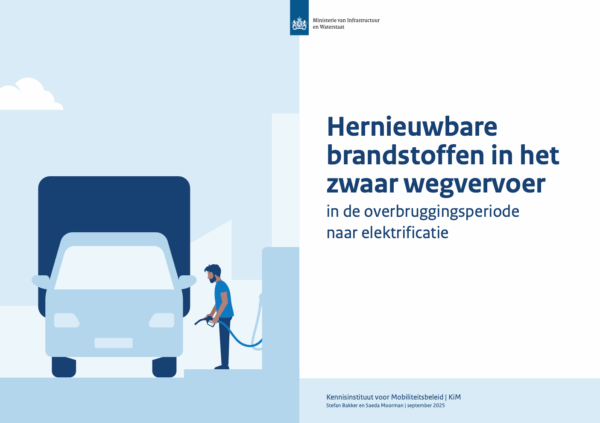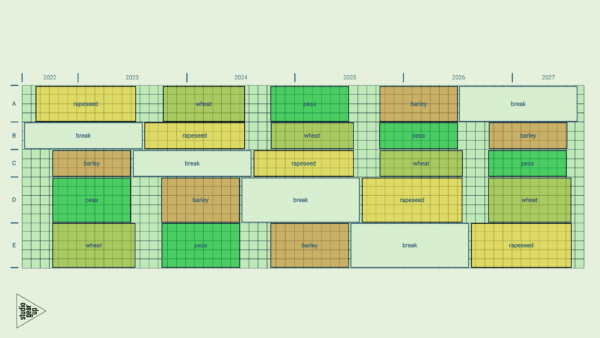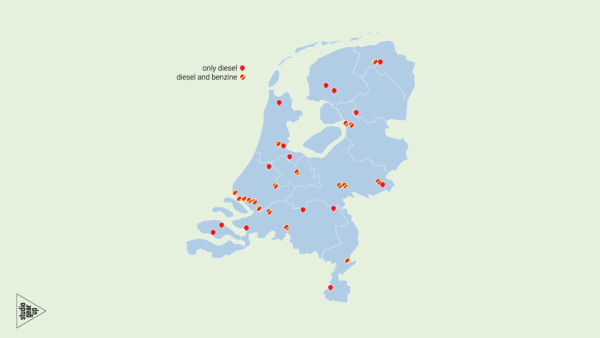For: Rolande BV
[Jun – Oct 2018]
For Rolande BV, studio Gear Up developed an Excel calculation tool to determine the well-to-wheel carbon intensity of i) bio-LNG from different feedstock origins and different production sites, and ii) variable mixtures of LNG and bio-LNG. The tool will help Rolande and its clients to understand the potential CO2-savings when comparing the LNG use in trucks versus conventional trucks on mineral diesel.



